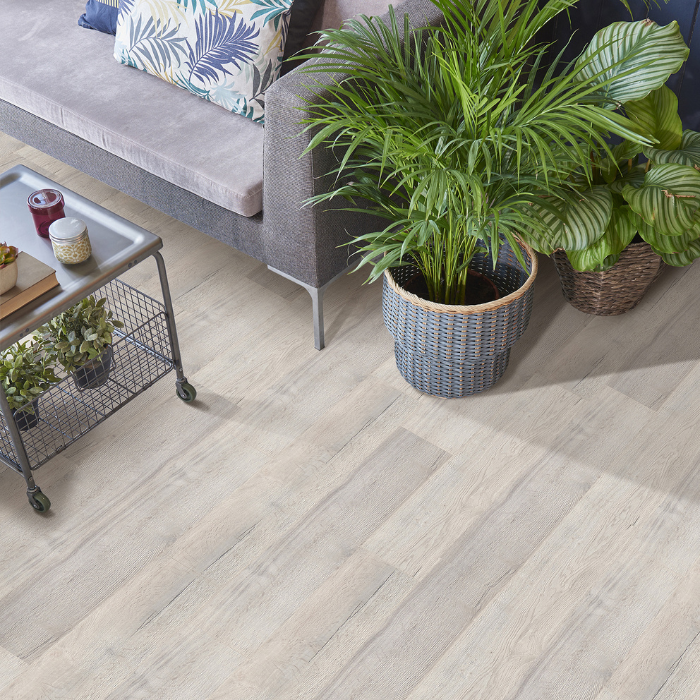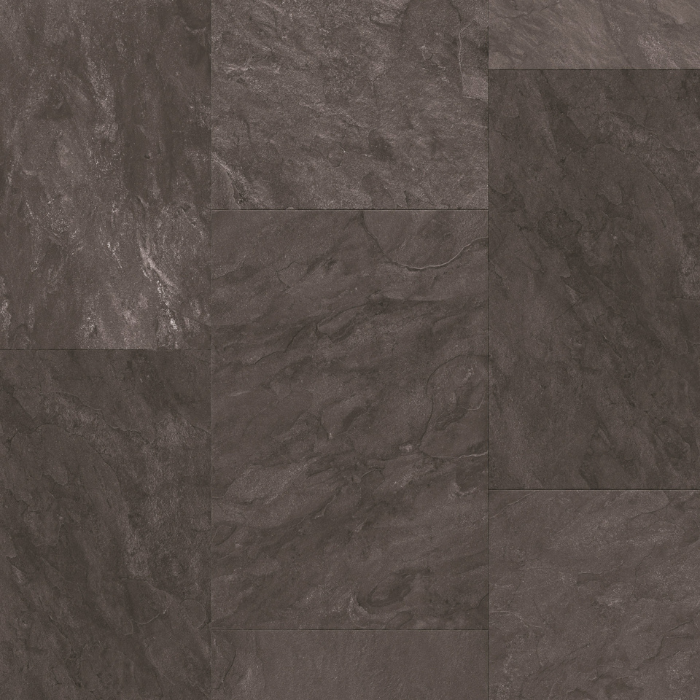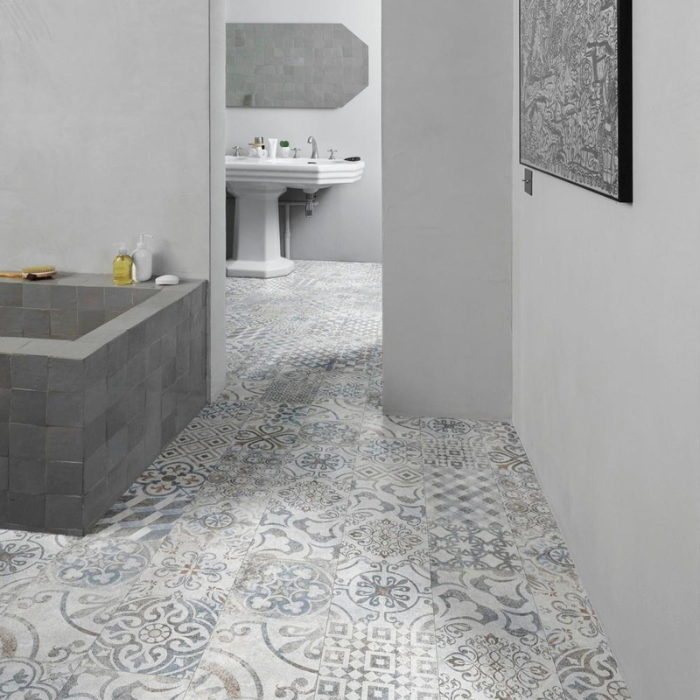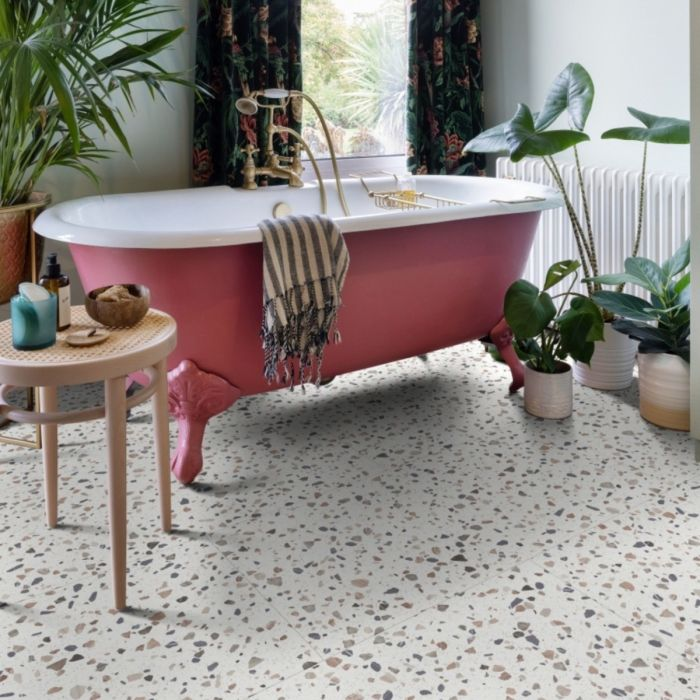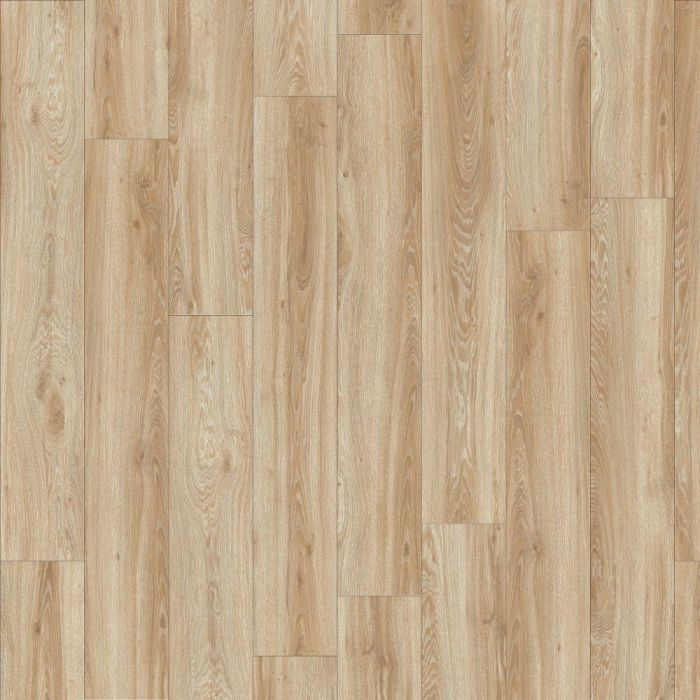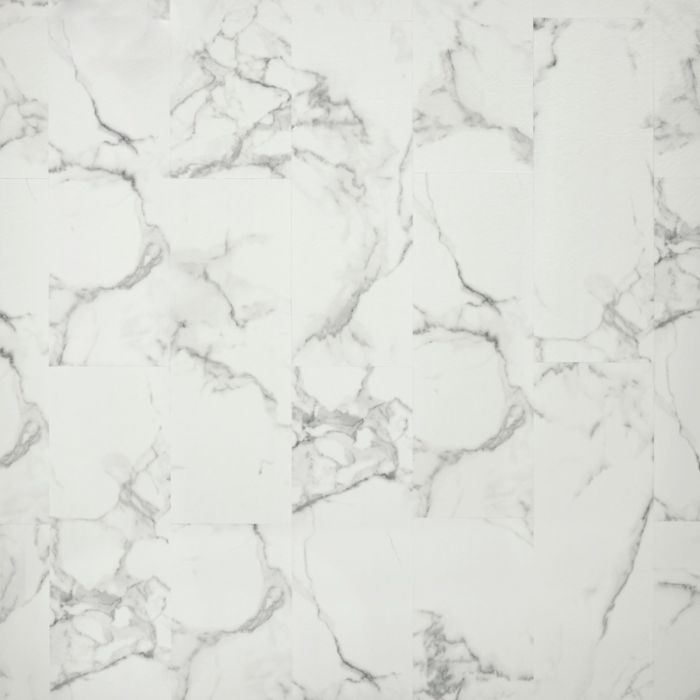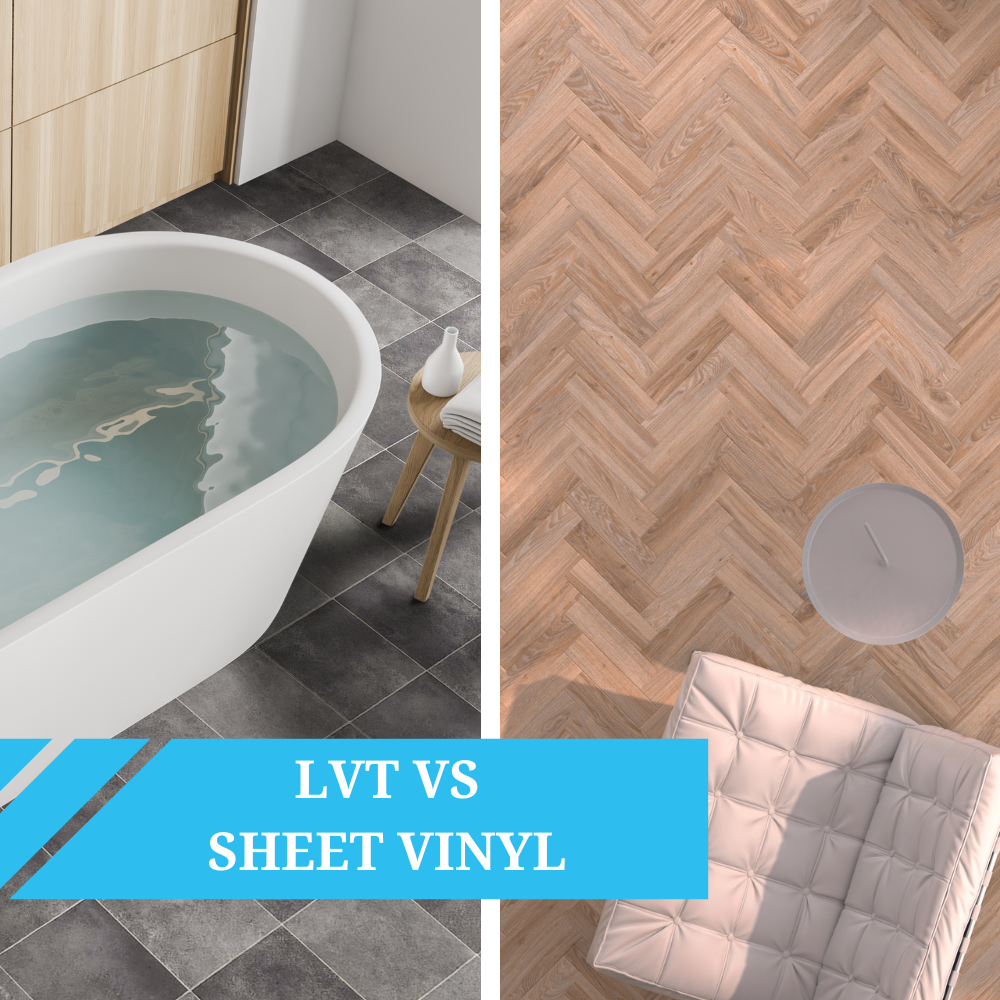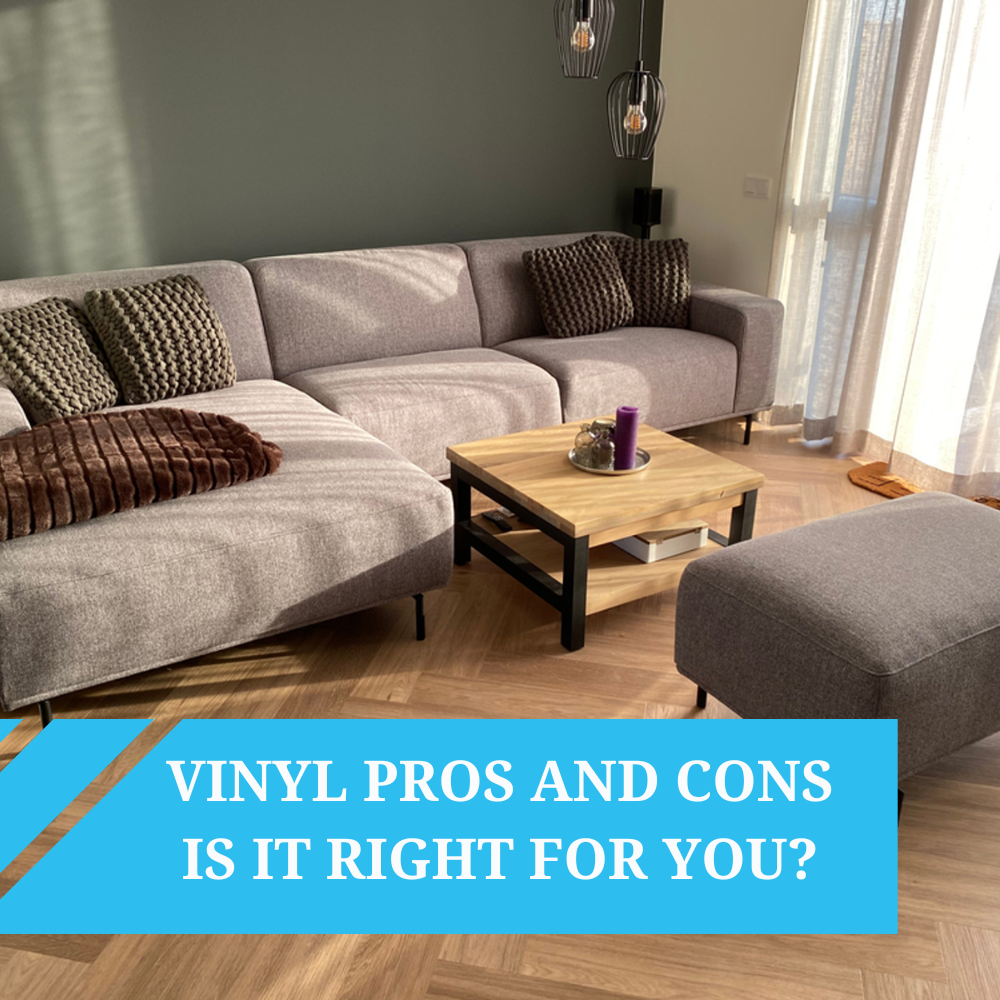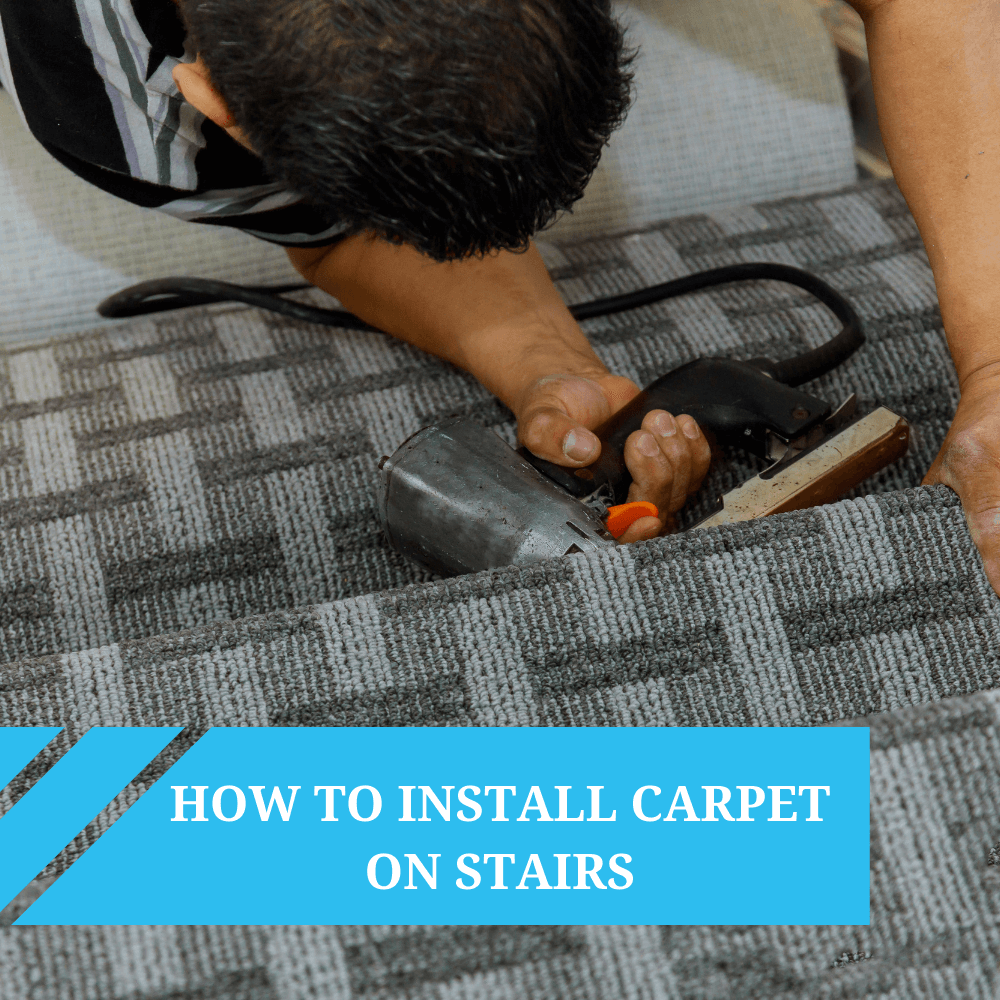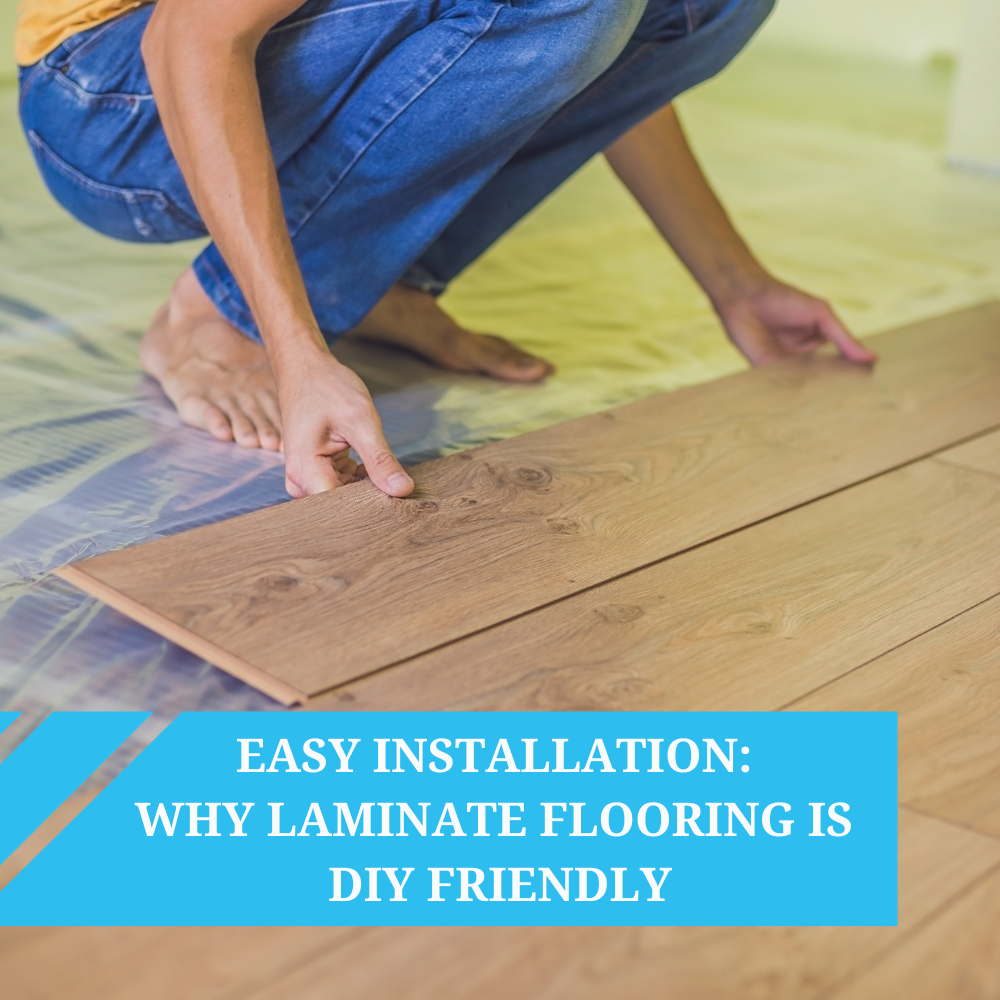So, you’re stuck between luxury vinyl tile (LVT) and laminate flooring, trying to figure out which one is the better fit for your home. At first glance, they look pretty similar, but which should you choose?
Both come in realistic wood and stone-effect designs, both are cheaper than real hardwood, and both promise durability without the high-maintenance hassle. But scratch beneath the surface (not literally—these floors are tough!), and the differences start to show.
"Choosing between LVT and laminate flooring isn’t just about looks—it’s about how they feel underfoot, how they handle daily life, and whether they can survive the chaos of kids, pets, and the occasional kitchen disaster."—Paul Humphries, Director at Best4Flooring.
Let’s break it down properly so you can make the best decision for your space.
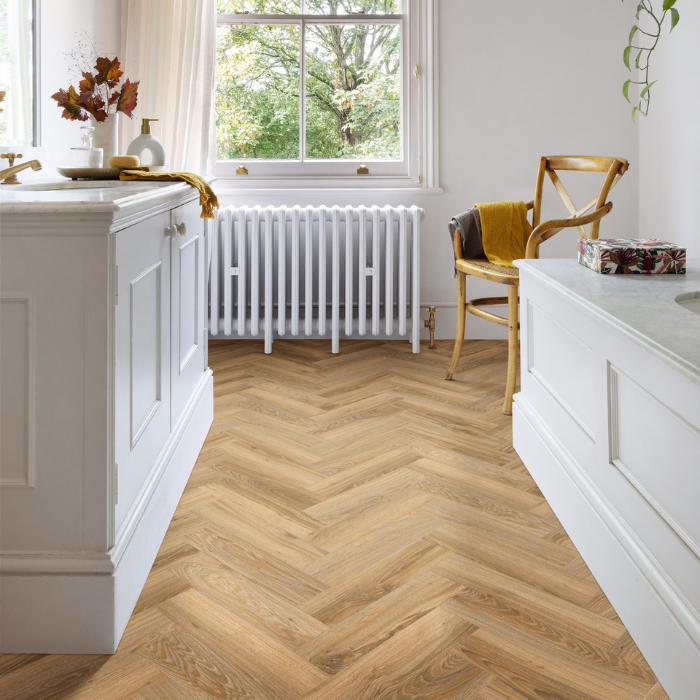

What Do LVT & Laminate Flooring Have in Common?
They may have big differences when it comes to materials and performance, but LVT and laminate flooring do share a few things in common.
- They’re budget-friendly – If you love the look of real wood but not the price tag, both LVT and laminate offer an affordable alternative that doesn’t sacrifice style.
- They’re durable – Perfect for high-traffic areas, both LVT and laminate flooring resists scratches, stains, and everyday wear and tear.
- They’re easy to clean – A quick sweep and the occasional mop is all you need. Unlike hardwood, you’ll never have to sand, polish, or refinish either option. If you're wondering how to keep them looking their best, check out our guide to cleaning LVT flooring and our laminate cleaning guide for expert tips.
- Both are suitable for underfloor heating - If you’re planning on installing underfloor heating, both LVT and laminate flooring can handle it. Just make sure to check the manufacturer's guidelines for specific floor temperature limits.
The key difference? Some LVT brands such as Karndean take durability a step further by being fully waterproof, whereas laminate has only recently started offering water-resistant options. More on that in a bit.
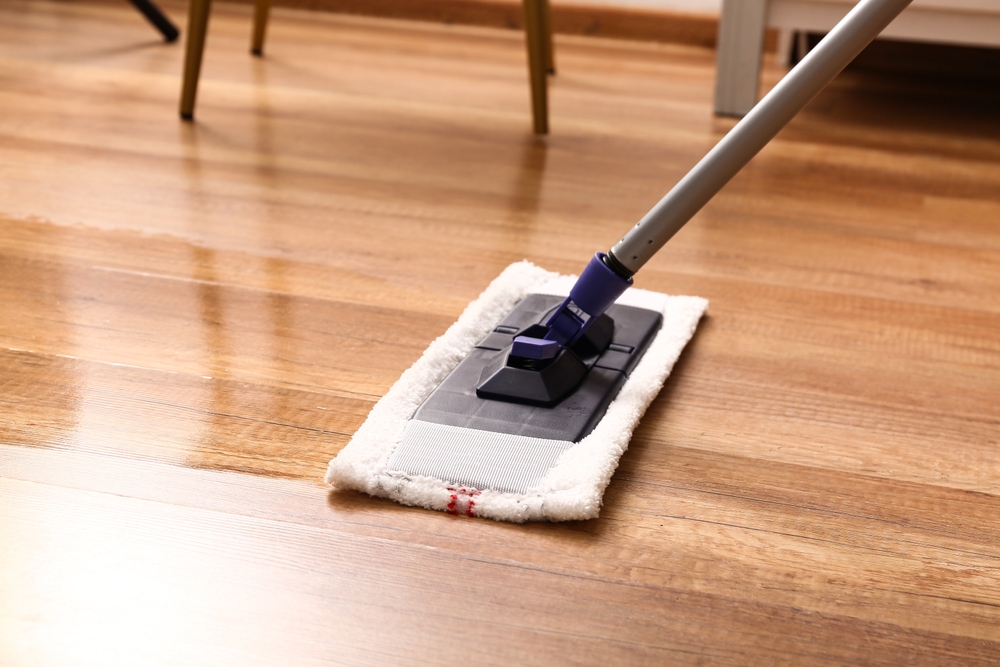

Installation: LVT vs Laminate
Laminate: The Classic Click System
Laminate is a floating floor, meaning it isn’t glued or nailed down. The planks click together, making it a great option for DIY enthusiasts. You’ll need to install an underlay first to provide cushioning, support, and soundproofing.
"Laminate flooring is a DIY dream. Click it together, add an underlay, and you’ve got yourself a brand-new floor without the mess of adhesives or professional installation costs."—Paul Humphries, Best4Flooring.
Pro Tip: Some laminate flooring, such as Berry Alloc laminate, comes with matching T-profiles and beading to give your floor a seamless, professional finish. T-profiles create a smooth transition between rooms, while beading covers expansion gaps around the edges, adding extra stability and a polished look.
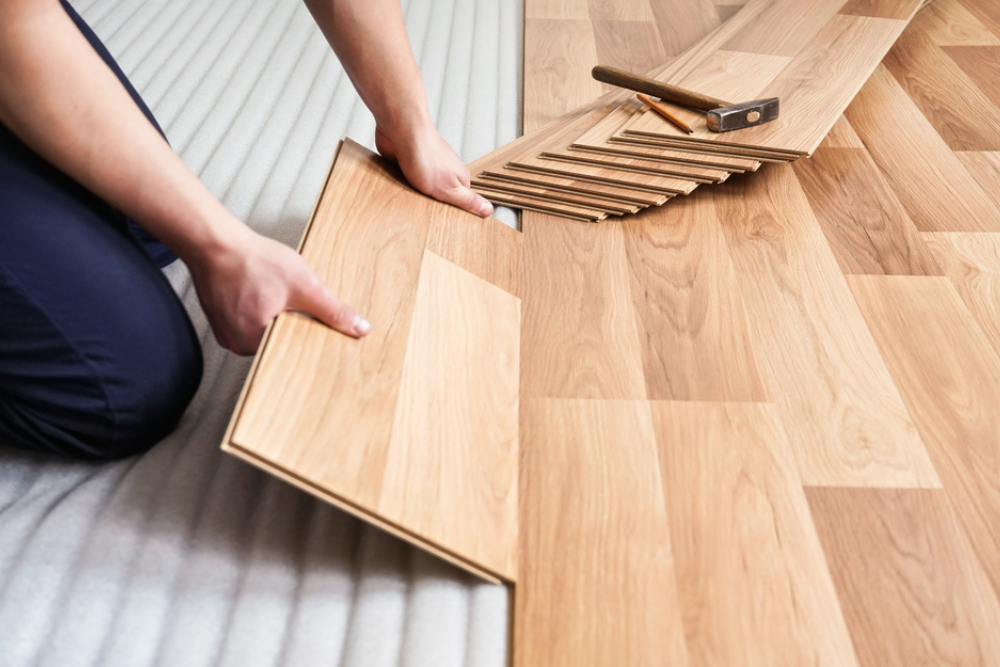

Need a guide? Here’s everything you need to know about installing laminate flooring.
LVT: More Ways to Install
LVT flooring offers four different installation methods, depending on the type:
| LVT Type | Installation Method | Best For | DIY Friendly? |
|---|---|---|---|
| Click LVT | Planks click together like laminate | Living rooms, bedrooms, rental properties – Quick, mess-free installation | ★★★★★ Easiest to install |
| Rigid Core LVT | Thicker core for stability, hides subfloor imperfections | Hallways, kitchens, busy family homes – More forgiving of minor floor imperfections | ★★★★ DIY-friendly, but needs prep |
| Glue Down LVT | Adhesive required for a permanent bond | Open-plan areas, offices, commercial spaces – Maximum stability & durability | ★★ Best for professionals |
| Loose Lay LVT | Heavy planks stay in place without glue or locks | Home offices, rental properties, pop-up spaces – Quick to install & remove | ★★★★ SImple, but needs tight fitting |
Both laminate and click LVT flooring feature simple click-lock installation, making them great for DIY projects. However, LVT also offers glue-down and loose-lay options, giving you more flexibility depending on your space and subfloor.
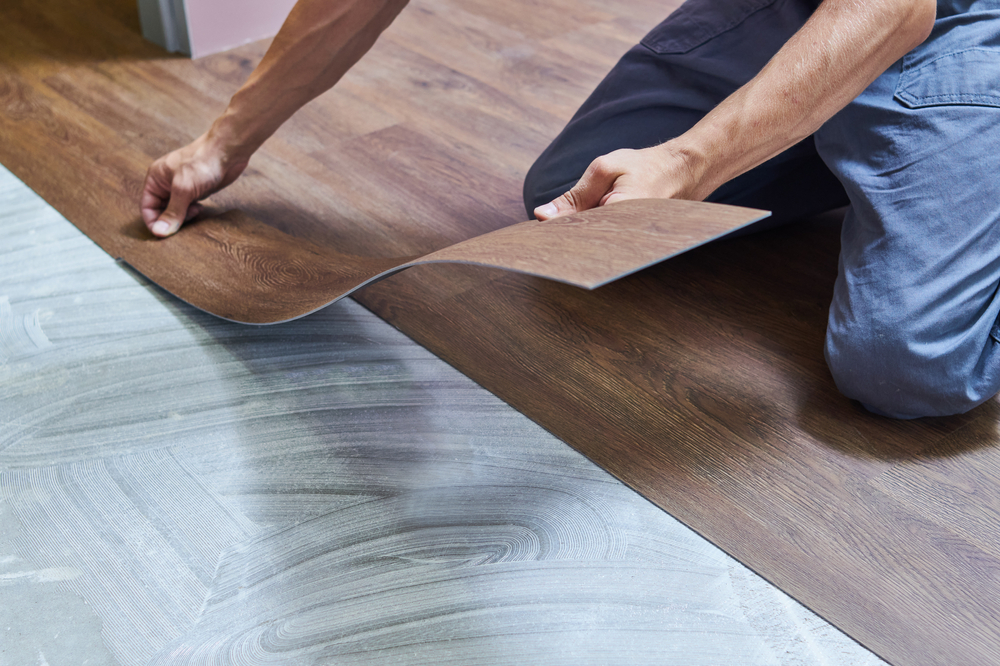

Need a guide? Here's an in-depth comparison of Glue Down and Click LVT.
Do You Need Underlay?
Not sure whether your floor needs underlay? Here’s the deal:
- Laminate flooring always needs underlay. It provides cushioning, reduces noise, and protects against moisture. The right choice depends on your flooring type and where it's being installed. Read our Laminate Flooring Underlay Guide to find the best option for your space.
- Glue-down LVT does not need underlay because it’s stuck directly to the subfloor.
- Standard Click LVT may require underlay – While some Click LVT options come with built-in underlay, others need a separate underlay for added soundproofing and comfort. Always check the manufacturer's recommendations.
- Rigid Core LVT flooring sometimes has an integrated underlay, like the Universal Rigid Click Collection, meaning you can skip this step.
If you’re unsure, get in touch with our friendly team.
LVT vs Laminate: Pros & Cons
Every flooring type has strengths and weaknesses, and LVT and laminate are no exception. While both offer a stylish, budget-friendly alternative to real wood or stone, their performance can vary depending on where and how they’re used.
Let’s break it down:
LVT Flooring Pros & Cons
| Pros | Cons |
|---|---|
| LVT is water resistant, some brands are Waterproof – Safe for bathrooms, kitchens, and utility rooms. | LVT flooring can be more expensive than laminate per square metre, especially for premium brands. |
| Quieter & warmer underfoot – Feels softer and absorbs sound better than laminate. | Glue-down options require a completely smooth subfloor. |
| Highly durable & scratch-resistant, making it great for high-traffic rooms. | Click LVT can expand/contract, so it needs an expansion gap. |
| More variety in designs – Available in wood, stone, and patterned effects. | Not as thick as laminate flooring, so may not provide the same feel underfoot. |
| Multiple installation options – Click, glue-down, or loose-lay for flexibility. | Luxury vinyl tile can dent under heavy furniture if not properly protected. |
Read more about the pros and cons of LVT in our dedicated guide.
Laminate Flooring Pros & Cons
| Pros | Cons |
|---|---|
| Budget-friendly – Laminate planks are typically cheaper per square metre than vinyl flooring. | Not fully waterproof – Standard laminate can swell if exposed to standing water, but there are modern types that offer water resistance. |
| Easy DIY installation – Click-lock floating floor system makes it beginner-friendly. | Noisier underfoot, especially without a high-quality underlay. |
| Tough & impact-resistant – Holds up well to heavy furniture. | Not as forgiving on subfloors – Can highlight bumps and imperfections. |
| Realistic wood-look finishes, including hand-scraped textures. | Limited design variety – Mostly wood effects, with fewer stone or patterned options. |
| Eco-friendly – The high-density fibre boards are made with recycled wood pulp. | Requires underlay for cushioning, noise reduction, and moisture protection. |
Read more about the pros and cons of laminate in our dedicated guide.
LVT & Laminate Flooring: Design & Materials
The biggest visual difference between laminate and LVT flooring is their materials and range of designs available.
Laminate flooring is primarily made from recycled wood pulp pressed into a high-density board, creating a wood fibre core that provides strength and stability. This pressed wood pulp base is topped with a high-resolution wood effect image and a protective wear layer, giving it a realistic, natural wood appearance. While wood is the dominant style, some brands now offer stone-effect and patterned laminates for more variety.
LVT flooring, on the other hand, is entirely made from PVC-based materials, making it strong and water-resistant. Instead of a wood pulp core, LVT consists of several layers, including a printed vinyl design layer and a durable wear layer that mimics natural wood, stone, or even terrazzo patterns. With advanced technology like Embossed-in-Register (EIR), LVT can replicate the texture of natural materials, aligning the grain and knots with the surface feel for an ultra-realistic look.
"LVT gives you endless design possibilities. Whether you want classic oak, sleek marble, or even bold geometric patterns, there’s an option for every style."—Paul Humphries, Best4Flooring.
Both LVT and laminate offer tough wear layers that protect against daily wear and tear, but LVT generally lasts longer in high-traffic areas due to its waterproof construction and impact resistance.
What Is Embossed-in-Register (EIR)?
If you want the most realistic-looking flooring, look for Embossed-in-Register (EIR) technology. This means the texture aligns perfectly with the grain, knots, and natural patterns of the wood or stone design.
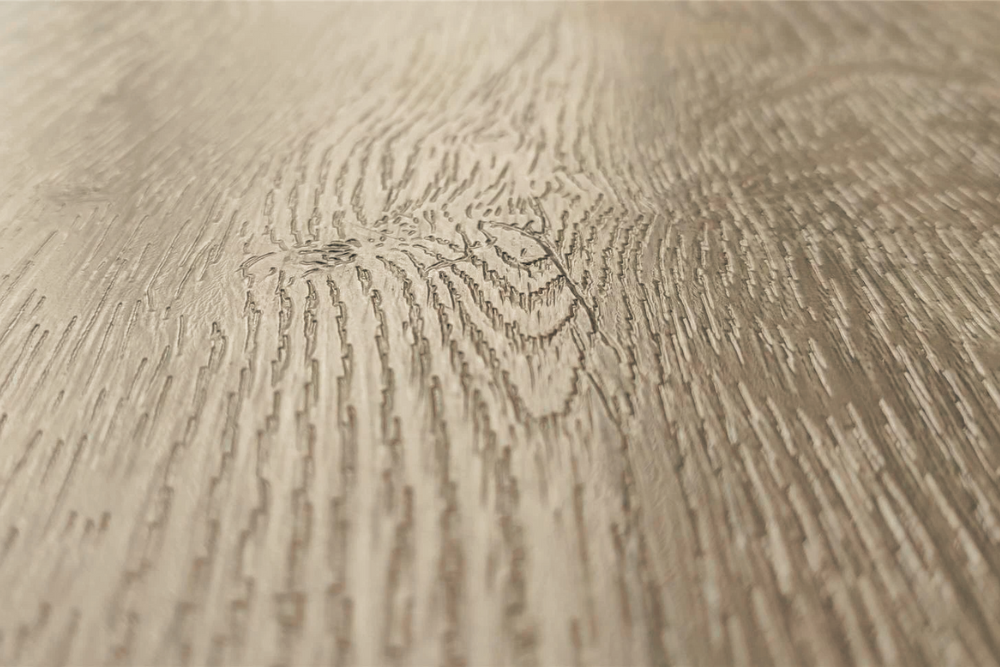

LVT brands like Moduleo lead the way in this technology, with collections like Layred EIR offering an ultra-realistic, high-end finish.
How Are They Made?
| Feature | LVT | Laminate |
|---|---|---|
| Core Material | PVC-based layers | High/Medium-Density Fibreboard (HDF/MDF) |
| Design Layer | Printed vinyl layer with ultra-realistic detail | Photographic decorative layer |
| Texture & Feel | Can have embossed-in-register (EIR) texture for a true-to-life grain | Textured finishes available, but not always aligned with grain |
| Wear Layer | Thick protective layer for scratch and stain resistance | Durable surface wear layer but can be prone to water damage |
LVT and Laminate Flooring Range Comparison Table
| Specification | Moduleo LayRed | Moduleo Roots | Universal Rigid Click | Verdanti Essential | Verdanti Majesty | Berry Alloc |
|---|---|---|---|---|---|---|
| Floor Type | LVT | LVT | LVT | Laminate | Laminate | Laminate |
| Thickness | 6mm | 2.5mm | 5.5mm | 8mm | 10mm | 8mm |
| Wear Layer | 0.55mm | 0.4 - 0.55mm | 0.3mm | N/A | N/A | N/A |
| Water Resistant | Yes | Yes | Yes | No | Yes | Yes |
| Suitable for Underfloor Heating | Yes | Yes | Yes | Yes | Yes | Yes |
| Usage Class (Residential) | Class 23 (Heavy) | Class 23 (Heavy) | Class 23 (Heavy) | Class 23 (Heavy) | Class 23 (Heavy) | Class 23 (Heavy) |
| Usage Class (Commercial) | Class 32 (General) | Class 33 (Heavy) | Class 31 (Moderate) | Class 32 (General) | Class 32 (General) | Class 32 (General) |
| Manufacturer Warranty (Residential) | Lifetime | 25 Years | Lifetime | N/A | N/A | Lifetime |
| Price Per m² (March 2025) | From £45.49 | From £27.26 | £23.99 | £11.99 | £19.99 | From £24.99 |
For any other LVT & laminate queries, don't hesitate to get in touch with our team of flooring experts by contacting us here.
LVT vs Laminate Flooring: Water Resistance & Durability
If you’re installing flooring in a kitchen, bathroom, or utility room, water resistance is a key factor—and this is where LVT has always had the edge.
- Most LVT is water resistant, and Karndean is 100% waterproof, meaning spills, moisture, and humidity won’t cause swelling or damage. That’s why it’s the go-to choice for bathrooms, kitchens, and basements.
- Laminate flooring is traditionally not waterproof, but recent advancements have improved its resistance. Some ranges such as Berry Alloc Ocean+ and Berry Alloc Chateau+ now feature hydro-seal locking systems and waterproof coatings, making them more suitable for moisture-prone areas.
"Water-resistant laminate is a game-changer, but it’s still not fully waterproof like LVT. If you’re installing flooring in a high-moisture area, always check the manufacturer’s guidelines."—Paul Humphries, Best4Flooring.
| Feature | LVT | Laminate |
|---|---|---|
| Water Resistance | 100% Water-resistant (some 100% waterproof) | Some new ranges are resistant to water, but not fully waterproof |
| Best For | Bathrooms, kitchens, utility rooms | Living rooms, bedrooms, hallways |
| Vulnerable To | None | Swelling & warping if exposed to standing water |
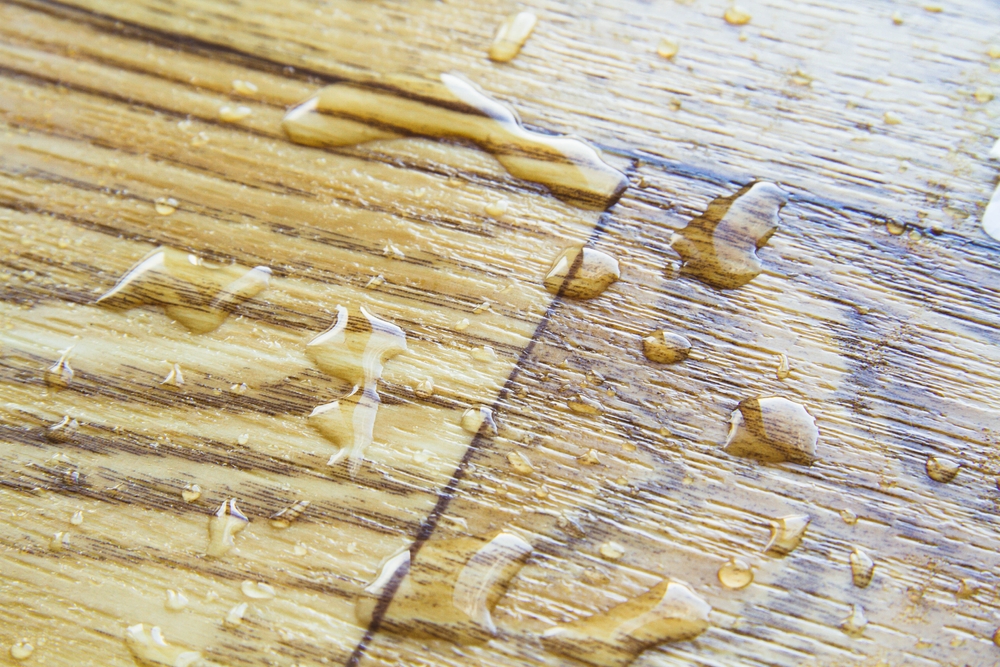

Waterproof & Water-Resistant Flooring Options
- Waterproof LVT: Karndean Collection
- Water Resistant LVT: All of them!
- Water-Resistant Laminate:
- Berry Alloc Ocean+
- Berry Alloc Chateau+
Pro Tip: Neither laminate nor LVT is suitable for wet room installations. If you're after something for a steam room or sauna, consider ceramic tile or specialist wet room flooring instead.
LVT or Laminate Flooring with Underfloor Heating
Both LVT flooring and laminate flooring are compatible with underfloor heating systems, but LVT is the better choice due to its low heat resistance and faster heat transfer.
LVT Flooring Works with most underfloor heating systems, including water-based underfloor heating and electric options. It features:
- Low resistance to heat allows floors to warm up quickly and evenly.
- The ability to resist floor temperatures up to 27 degrees without warping.
Laminate flooring has higher heat resistance, meaning it takes longer to warm up. For best results:
- Use a suitable thermal underlay to help distribute warmth.
- Check manufacturer guidelines to avoid overheating, laminate can also resist temperatures of up to 27 degrees.
- Allow for expansion gaps, as the flooring can shift slightly with direct heat.
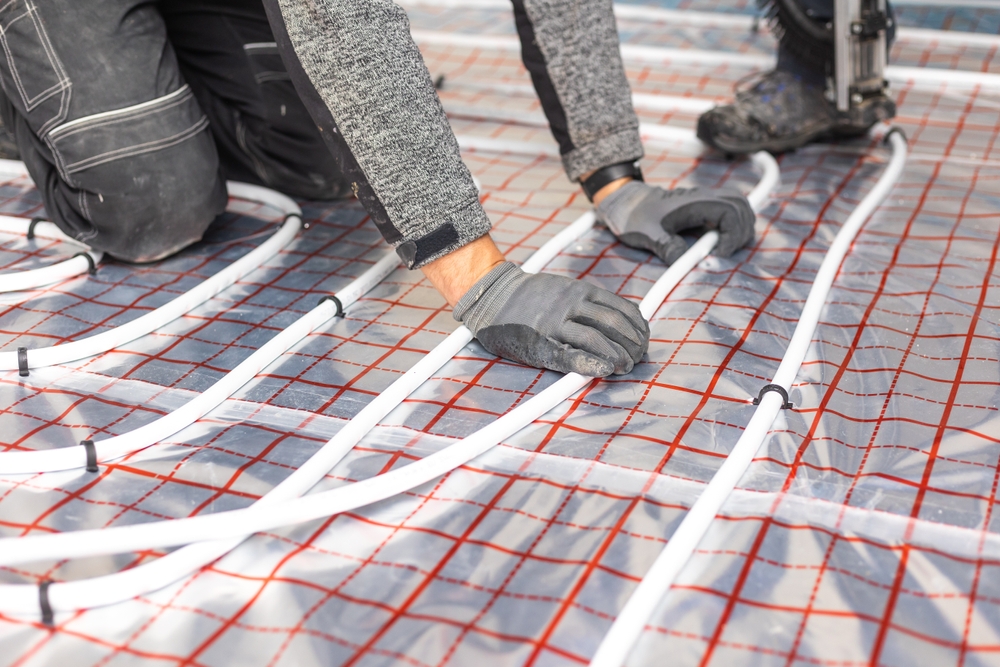

Quick Comparison
| Feature | LVT Flooring | Laminate Flooring |
|---|---|---|
| Works with Underfloor Heating? | Yes | Yes, with correct underlay |
| Heat Resistance | Low (heats up quickly) | Higher (slower to warm up) |
| Best Installation Method | Glue-down for best heat transfer | Floating with underlay |
| Handles Direct Heat? | No warping | Can expand slightly |
For the best underlay for LVT or laminate with underfloor heating, check out: Royale 1.8mm Thermo ProX Underlay
FAQs
Is LVT better than laminate flooring?
It depends on what you need! Luxury vinyl flooring is waterproof, softer and quieter underfoot, making it ideal for bathrooms, kitchens, and high-traffic areas. Laminate flooring is slightly thicker, more rigid, and often cheaper, making it great for living spaces and budget-conscious buyers.
What is the downside of LVT flooring?
LVT can be more expensive than laminate, and some types, like glue-down LVT, require a perfectly smooth subfloor for installation.
What looks better, laminate or LVT?
Both can look incredibly realistic, but LVT offers more variety. If you want stone or patterned effects, LVT is the better choice. Laminate flooring is primarily natural wood-effect, though brands like Berry Alloc now offer stone-effect laminates.
Is laminate colder than LVT?
Yes, luxury vinyl tile feels warmer and softer underfoot than laminate, which can be firmer and noisier without a high-quality underlay.
Final Thoughts: Which Should You Choose?
Still torn between LVT or laminate flooring? Here’s a quick recap:
- Pick LVT if you need waterproof flooring, something quieter and softer, or more design variety.
- Choose laminate if you want a budget-friendly option that’s easy to install and has a thicker, more rigid feel underfoot.
"Both options are fantastic, but if you need waterproofing, soundproofing, and maximum durability, LVT is the way to go. If you want a classic wood look at a lower cost and don’t mind using underlay, laminate is a solid choice."—Paul Humphries, Best4Flooring.
Need help choosing the perfect floor? Contact our flooring experts for tailored advice!
Shop LVT & Laminate Flooring






